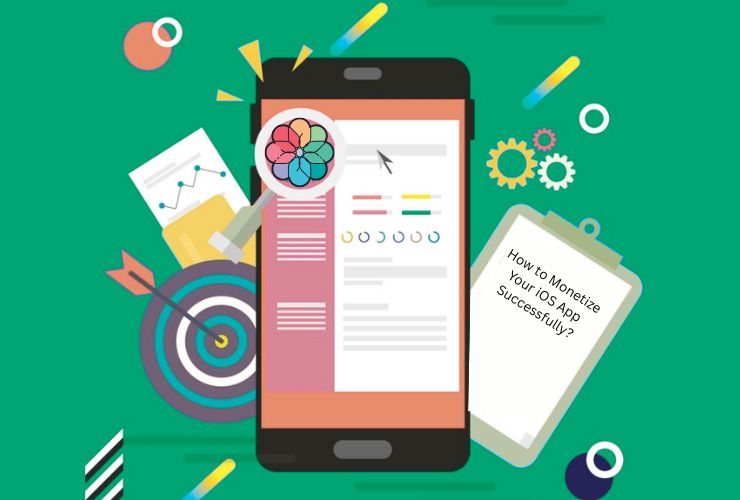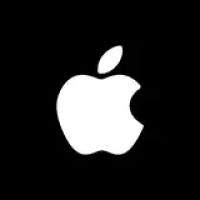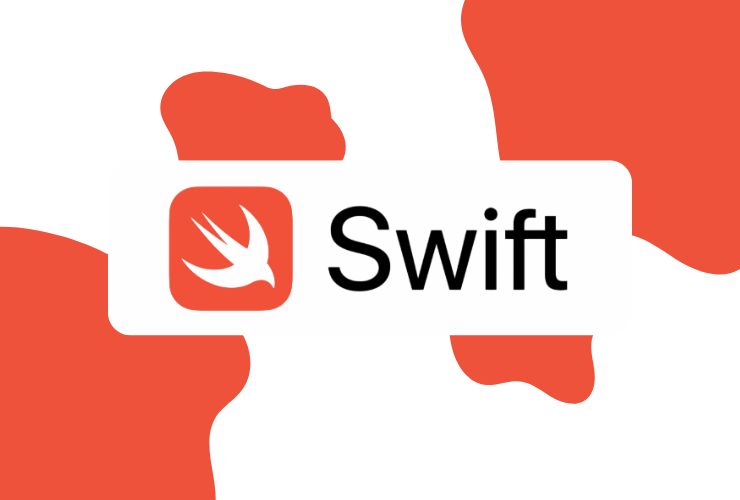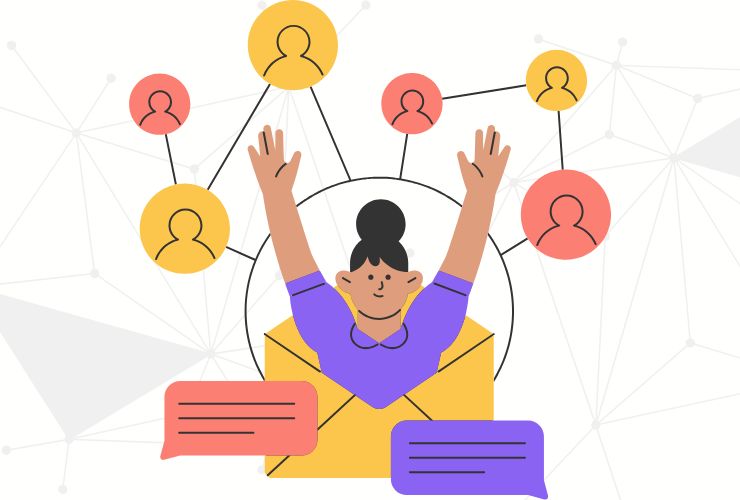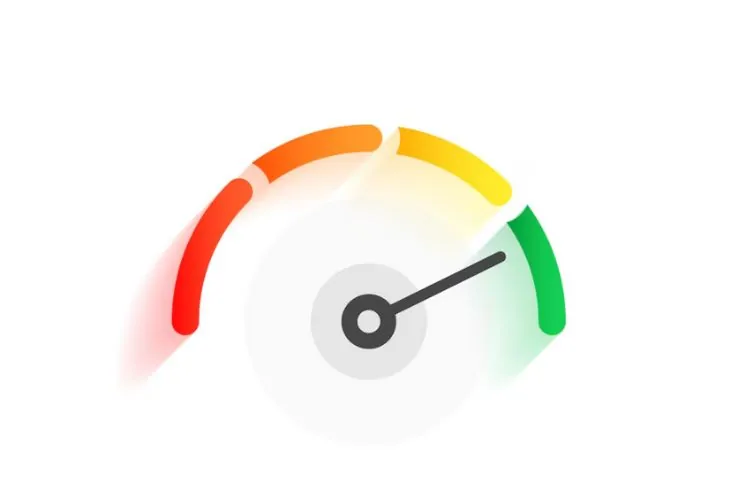Developing a good iOS app is but half of the battle—building it as a sustainable, high-margin business is the tricky bit. As a million-and-counting sea of apps besmears the App Store, shining through and profitable demands greater art than super design or genious features alone. Developers will have to develop effective monetisation thinking strategically around getting paid effectively and keeping customer confidence, offering continually good value for money. Further down we present some effective methods of making a profit as an app.
1. In-App Purchases (IAPs)
In-app purchases continue to be one of the most successful and profitable monetization strategies. They enable users to buy extra content or features within the app. These may include:
- Consumables: Products that get consumed, such as virtual currency or lives in a game.
- Non-consumables: Single purchases like unlocking a premium feature or ad removal.
- Auto-renewing subscriptions: Access to services or content over time.
Success with IAPs is achieved through transparency and value perception. Transparently display what consumers will get and provide a streamlined, secure purchasing process. Make purchases feel like upgrades, not needs, to preserve trust.
2. Subscriptions
Subscriptions offer steady revenue, making them a great fit for apps that provide continuous services—like streaming, fitness, learning, productivity, or content apps. Apple accommodates several different models of subscriptions:
- Weekly, monthly, and annual plans.
- Free trials to enable trial usage before the commitment.
- Price reductions and promotion offers to induce new users.
Later, in the second year onwards, Apple cuts its commission to 15% from 30%, rendering long-term subscription more lucrative. For optimal output, emphasize long-term usage and provide new value continuously to subscribers.
3. Freemium Model
The freemium model provides free access to basic functionality and saves premium features for paid subscribers. This strategy allows you to acquire a huge user base and earn revenue from your most active users.
The secret to freemium success is balance. The free feature must be substantial enough to keep users, yet the premium upgrade must provide valuable improvements that merit the expense. Employ considered upsells and refrain from annoying users with relentless paywalls.
4. Ads and Sponsorships
If your application enjoys high traffic and engagement, showing ads can provide consistent income. Developers can incorporate through the use of advertisement networks such as Google AdMob or Facebook Audience Network:
- Bottom-of-screen banner ads
- Interstitial ads that appear between pieces of content
- Rewarded ads that reward users with something for watching
Brand or organization sponsorships are also a good option, particularly if your app has a niche audience. User experience should be prioritized—ads must never interfere with app use or feel obnoxious.
5. Paid Apps
Although less prevalent now, paid apps still exist—particularly for specialized tools, games, or apps with special functionality. This model involves a one-time fee to download the app.
Since users have to pay upfront to use the app, your App Store presence has to do a lot of heavy lifting. Leverage great screenshots, a clear value proposition, good reviews, and even video demos to make the upfront cost worthwhile.
6. Referrals and Affiliate Marketing
Content-sharing, product-recommendation, or review-based apps can make money by driving users to other platforms or services. Affiliate marketing and referral-based models have been found to work well in travel, finance, health, and eCommerce categories.
For success, make sure the promotions you are showing are actually relevant to your users. Irrelevant or excessively pushy referrals can erode trust and drive churn.
7. Data Monetization (With Transparency)
Some developers venture into the monetization of anonymized user data to facilitate research or trend analysis. Privacy, though, is an increasing concern. If you go this way:
- Always collect user consent and be entirely transparent.
- Be clear about the data you gather and why.
- Be in compliance with Apple’s App Tracking Transparency (ATT) guidelines and data privacy rules.
- Being transparent in data management fosters trust and can make your brand stand out in a privacy-sensitive marketplace.
Best Practices for Monetizing Apps
- Know Your Audience: Their habits, needs, and price sensitivity. This enables you to create pricing and feature sets that speak to them.
- Test Models: What suits one app may not suit another. Testing two monetization models against each other can allow you to optimize your approach.
- Avoid Compromising UX: Monetization has to feel natural, not awkward. A bad experience will lose you users no matter how intelligent your pricing strategy is.
- Utilize Data and Analytics: Track user behavior to discover what functionality is most valuable and where monetization prospects lie.
- Be Compliant and Ethical: Follow Apple’s changing guidelines and put user privacy and satisfaction first.
Conclusion
Monetizing your iOS app is a balancing act between revenue driving and providing a valuable, enjoyable user experience. With the proper balance of strategies—freemium features, ad-supported models, in-app purchases, subscriptions, referrals, and more—you can make your app a viable business. The trick is being responsive, paying attention to your users, and developing for engagement and profitability. If you’re releasing your first app or expanding an established one, clever monetization can make your iOS app a success in the long run.

